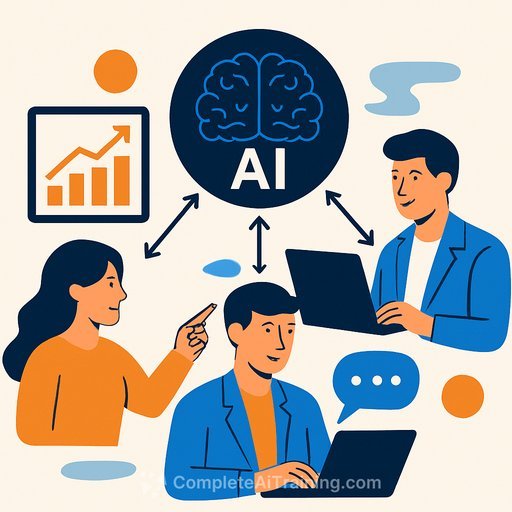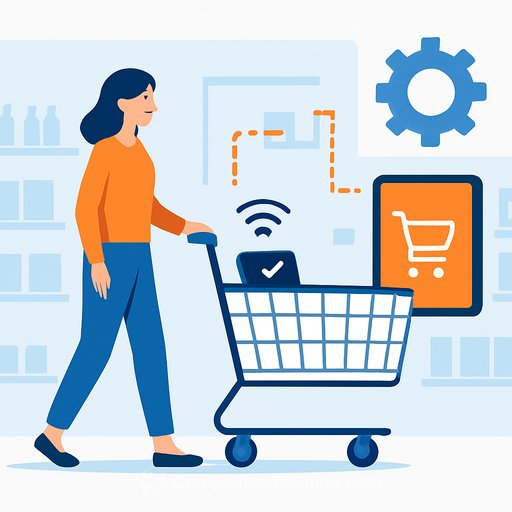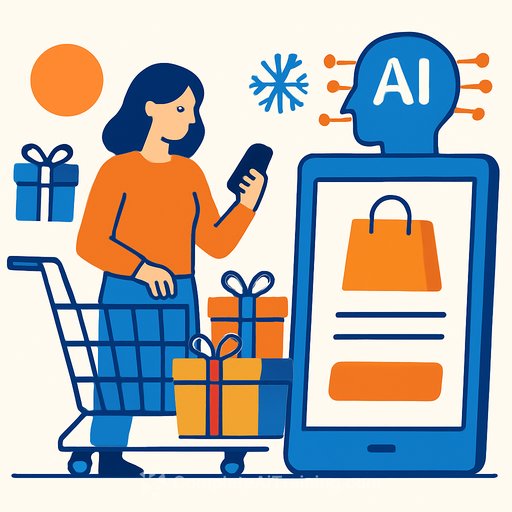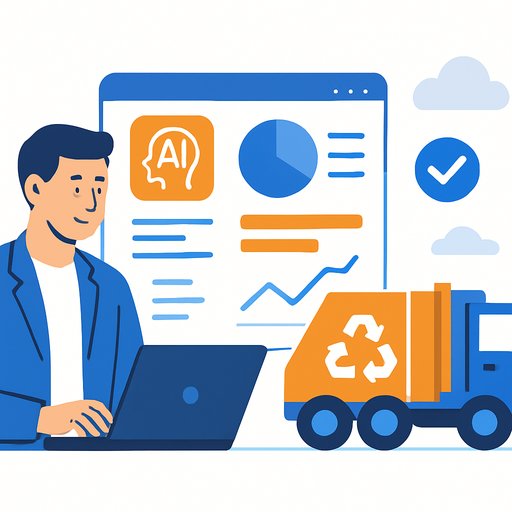Agentic AI in Sales & Marketing 2025: From Hype to Measurable Wins
Agentic AI is moving from slideware to real outcomes across the revenue engine. Teams report 25-55% faster campaigns, less manual work across SDR and ops, and up to 50% lower data costs.
The biggest gains are in lead qualification, customer segmentation, pipeline management, campaign orchestration, and pricing. Adoption sticks when data is clean and connected through your CRM and CDP. It stalls with siloed systems and weak governance.
Where agentic AI is delivering now
- Lead qualification: Auto-score and enrich inbound, route to the best rep based on intent, fit, and capacity.
- Customer analysis: Surface micro-segments and buying signals from product usage, emails, calls, and web activity.
- Opportunity management: Nudge next best action, summarize calls, draft follow-ups, and flag risk by stage.
- Campaign orchestration: Generate and test variants, set send windows, sync offers to segment intent.
- Pricing: Recommend discounts or bundles by segment, deal size, and win likelihood.
What the numbers look like
- 25-55% faster campaign cycles: Brief-to-launch compresses when assets, segments, and QA are automated.
- Material reduction in manual effort: SDRs spend more time in conversations, less in admin.
- ~50% lower data costs: Smarter retrieval, deduplication, and fewer point tools cut spend.
Why some teams scale and others stall
- Data maturity: Clear ownership, consistent schemas, and reliable event tracking.
- CRM/CDP integration: Real-time profiles, unified IDs, consent flags, and clean activation paths.
- Governance: Approval flows, audit logs, and policies for PII, model use, and content safety.
- Barriers: Siloed systems, manual exports, and unclear data contracts sabotage automation.
If CDP is new to your team, this overview helps clarify the scope and benefits: What is a Customer Data Platform?
Real deployments worth noting
Enterprises like Accenture, Prudential, and RBC Wealth Management have moved beyond pilots. The pattern: start with high-ROI use cases (lead routing, customer analysis, opportunity management), prove lift, then expand with clear guardrails.
90-day plan to pilot with confidence
- Weeks 1-2: Pick one use case tied to revenue (e.g., lead routing for inbound). Define baseline metrics and decision policy.
- Weeks 3-4: Connect CRM and CDP, map fields, and create a minimal feature set (fit score, intent score, segment, SLA).
- Weeks 5-6: Deploy agent workflow: enrich, score, route, notify, and log rationale to CRM notes.
- Weeks 7-8: A/B against current process. Track speed-to-lead, meeting rate, and rep acceptance.
- Weeks 9-12: Expand to opportunity risk alerts and automated follow-ups. Lock policies and training.
Tech stack checklist
- CRM: Single source of truth for accounts, contacts, opportunities, activities.
- CDP: Real-time profiles with consent and channel preferences.
- Channels: Email, chat, ads, and calling tools with APIs for orchestration.
- Agent layer: Workflow engine, retrieval over your data, and action connectors.
- Observability: Logs, replay, and feedback capture inside CRM.
Guardrails you should implement
- PII handling: Redact sensitive fields from prompts and logs. Enforce least-privilege access.
- Consent-aware activation: Every action checks region, channel, and user-level permissions.
- Approval workflow: Human review for pricing and net-new messaging until KPIs stabilize.
- Model governance: Versioning, bias checks, and clear rollback plans.
KPIs to track from day one
- Speed-to-lead and first-touch SLA adherence.
- Meeting rate, stage conversion, and win rate.
- Rep productivity: Admin time per opp, emails/calls automated, talk time per day.
- CAC, campaign cycle time, and data/tooling cost per lead.
Pitfalls to avoid
- Automating broken processes. Fix routing logic and data quality first.
- One-off pilots with no path to production. Build connectors and monitoring from the start.
- Over-automation that ignores rep context. Agents should assist, not override quota owners.
- Shadow data. Kill CSV hops and keep a single profile across systems.
Practical next steps
- Pick one use case with clear financial impact and controllable scope.
- Connect CRM and CDP, define the minimal features your agent needs, and implement guardrails.
- Run a 4-8 week A/B and greenlight expansion only if KPIs move.
Want structured, role-specific enablement for your team? Explore training by job role here: Complete AI Training - Courses by Job. For go-to-market teams building AI skills fast, see this certification path: AI Certification for Marketing Specialists.
Your membership also unlocks:






